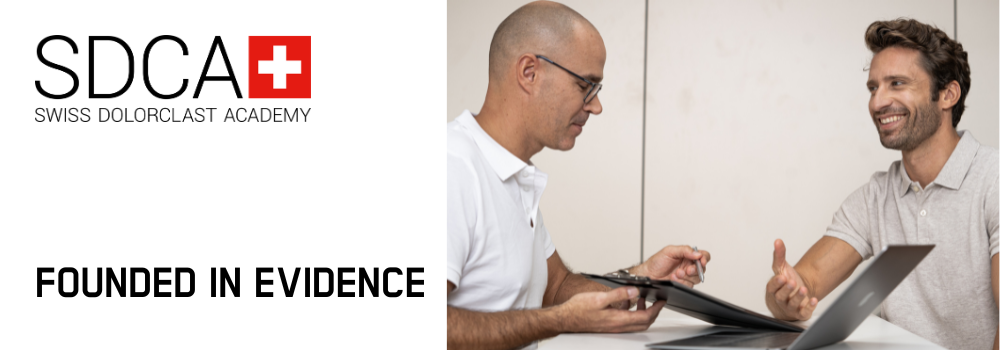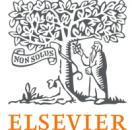
Scientific study database
Swiss DolorClast® devices are the most researched devices in clinical trials published on shock wave therapy in the PEDro database. Find these and other studies in our comprehensive library below to learn the evidence behind Guided DolorClast Therapy and how it can boost your practice's success.


